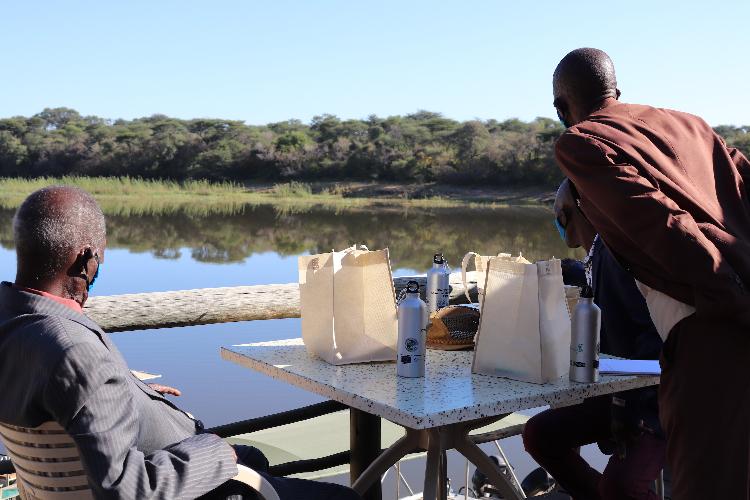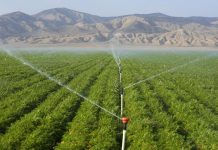Africa-Press – Namibia. A PROJECT aimed at restoring fisheries reserves in inland water sources in the Kavango-Zambezi Transfrontier Conservation Area (Kaza-TFCA) was launched at Rundu last week.
This is an effort to strengthen sustainable community fishing through which locals can catch fish for food and for sale. The project, titled Strengthening Community Fisheries in Kaza, was launched by the Namibia Nature Foundation (NNF), with funding provided under the E€OFish Programme, which is promoted and funded by the European Union.NNF communications officer Disney Andreas said the project aims to strengthen sustainable fisheries management and to enhance the socio-ecological resilience of local communities. A joint statement issued by the foundation and its project grant provider said the E€OFish Programme aims to enhance the contribution of sustainable fisheries to the blue economies of eastern and southern Africa as well as the Indian Ocean. The inland and marine coastal fisheries resources of this region represent a natural wealth of about €50 billion (over N$869 billion), according to E€OFish. Andreas said fishing makes an important contribution to almost 20% of the estimated two million people in the Kaza-TFCA. Kaza-TFCA covers an area in the Okavango and Zambezi river basins where Angola, Botswana, Namibia, Zambia and Zimbabwe meet. “The shared nature of the Cubango/Kavango, Cuando/Kwando and Zambezi rivers, all within the Kaza region, makes regional collaboration a priority,” Andreas explained. Ultimately, she added, the project aims to restore fisheries in these inland water sources to an extent that local people who live near and are custodians of these rivers and their biodiversity can reasonably benefit from them.Namibia has over the years stated its desire to implement a sustainable blue economy and the necessary policy to do so. The blue economy is anchored on the United Nations Sustainable Development Goal 14 (Life below water), and is outlined in Namibia’s fifth National Development Plan (NDP5) under economic progression. This is to be implemented from 2017/18 to 2021/22.The desired outcome of the plan is to implement blue economy governance and management systems that sustainably maximise economic benefits from marine resources and ensures equitable marine wealth distribution to all Namibians.The plan details that Namibia’s freshwater fisheries have the potential to generate 5 000 tonnes of high quality protein a year, and that healthy fish stocks in the northern rivers contribute to ecosystem functioning and biodiversity conservation. “However, there has been a collapse of the inland fisheries of the Zambezi and Chobe rivers due to overharvesting and commercial fishing,” the plan noted. Currently, there are 10 fisheries reserves gazetted in Namibia’s Zambezi region which are co-managed and legally recognised by the government. All of these are showing very encouraging recovery signs, Andreas said.According to NNF, local communities are increasingly being recognised as critical for conservation and this community-centric, ecosystem-based adaptation approach has the potential to generate wider values in a number of key areas. “For example, fish reserves as important wetlands can contribute to climate mitigation, flood attenuation, and help create critical wildlife corridors. In respect of climate mitigation, the nationally determined contributions of all the Kaza countries are heavily skewed towards agriculture, forestry and other land-use elements,” Andreas noted.With this project, she said, guidelines will be developed which will be applied in the wider landscape to enable state agencies as well as non-governmental and community-based organisations to establish such fish protection areas and standardised tools.Senior technical adviser at NNF, Britta Hackenberg, noted that inland fisheries are probably one of the most underestimated resources on the continent. “In Africa, the highest richness of freshwater biodiversity areas are usually also associated with the greatest concentrations of the rural poor. Healthy fish diversity is a source of livelihood for the rural poor but can be a vehicle of transformation,” she said.






